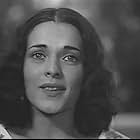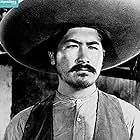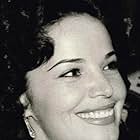The movie tells the story of a poet who suffers from several addictions. At some point he ends up at an institution where he is submitted to the traditional psychiatric approach with yet more drugs, reclusion, and electric shocks. One thread of the story goes around the crisis of the Mexican cultural establishment at the end of the 70's. The movie presents a severe criticism of the national-revolutionary forms of art (the murals and frescoes of Diego Rivera will be the best examples of such "official" art) while critiquing the equally oppressive psychiatric and political establishments, with some marginal references to the role of the Church, represented by the nuns in the psychiatric institution, which in real life do not work in the Mexican public health system. The mental patients are portrayed as more reflexive and "democratic" than the doctors and all the other figures of authority who, for the most part, only try to silence and punish those labelled as mental patients, alcoholics, or drug addicts. The social and political criticism, however, goes along the lines of the most traditional Marxism of the 1970's, which seems kind of outmoded now, but provides a good portrait of how the Mexican cultural elites were at that time.
















